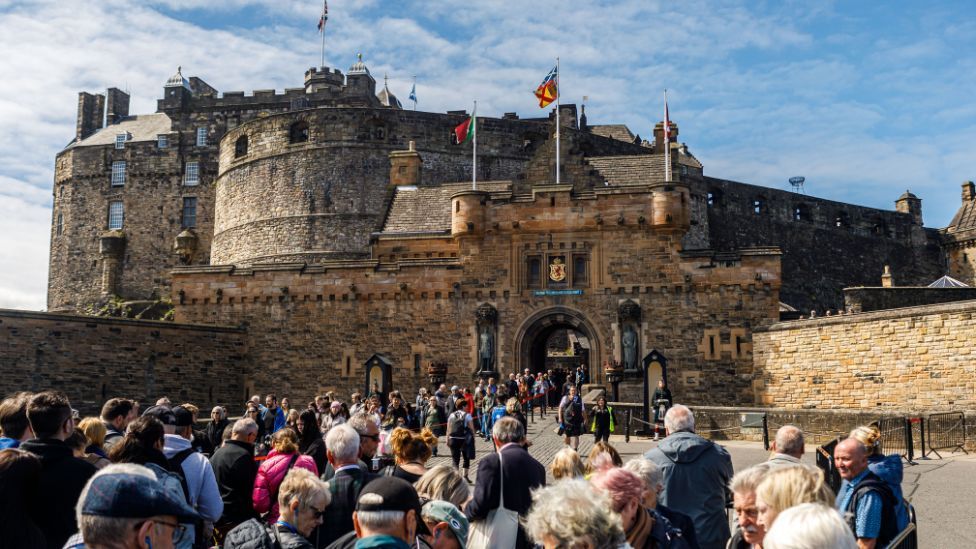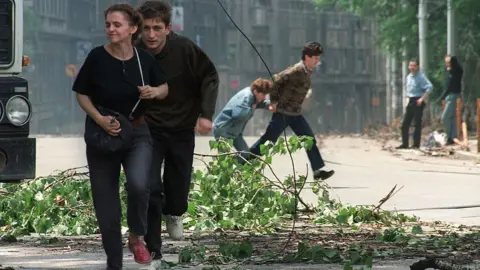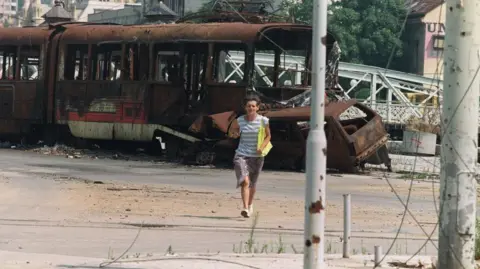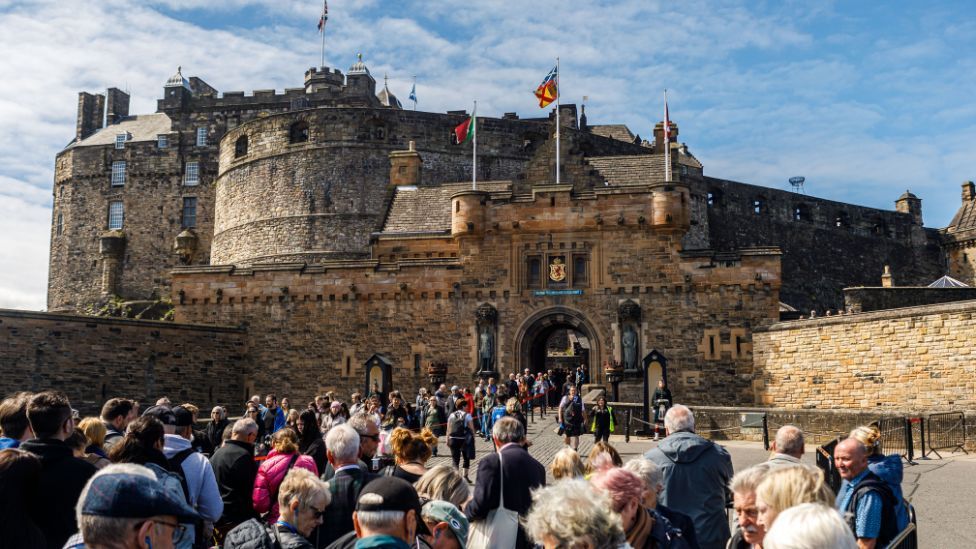
It is claimed that Italians and others allegedly paid significant amounts to fire at civilians in the besieged city of Sarajevo.
The complaint in Milan was lodged by journalist and author Ezio Gavazzeni, who describes a “manhunt” conducted by “extremely affluent individuals” eager for weaponry, who “paid to execute unarmed civilians” from Serb-held positions in the hills surrounding Sarajevo.
Reports indicate varying fees for shooting men, women, or children.
Over 11,000 individuals lost their lives during the harrowing four-year siege of Sarajevo.
The war fractured Yugoslavia, encircling the city with Serb forces, which subjected it to relentless bombardment and sniper attacks.
There have been multiple claims over the years regarding “human hunters” from abroad, but the evidence collected by Gavazzeni, which includes testimonials from a Bosnian military intelligence officer, is currently under review by Italian counter-terrorism prosecutor Alessandro Gobbis.
The accusation is murder.
 CHRISTOPHE SIMON/AFP
CHRISTOPHE SIMON/AFPReportedly, the Bosnian officer disclosed that his colleagues uncovered information about the alleged safaris in late 1993 and subsequently conveyed this to Italy’s Sismi military intelligence in early 1994.
Sismi’s response came a few months later, during which they found that the “safari” tourists would fly from the northern Italian border city of Trieste and then proceed to the hills overlooking Sarajevo.
“We’ve halted it and there will be no more safaris,” the officer was informed, according to Ansa news agency. The excursions ceased within two to three months.
Ezio Gavazzeni, who typically writes on terrorism and organized crime, first learned about the sniper excursions to Sarajevo three decades ago when the Italian newspaper Corriere della Sera reported on the issue, albeit without concrete proof.
He revisited the subject after viewing “Sarajevo Safari,” a 2022 documentary by Slovenian director Miran Zupanic that claims those responsible for the killings were from various nations, including the US and Russia as well as Italy.
Gavazzeni began to investigate further and submitted his discoveries to prosecutors in February, reportedly compiling a 17-page dossier that includes a report from former Sarajevo mayor Benjamina Karic.
 MICHAEL EVSTAFIEV/AFP
MICHAEL EVSTAFIEV/AFPAn inquiry within Bosnia itself seems to have hit a standstill.
In an interview with Italy’s La Repubblica newspaper, Gavazzeni alleges that “many” individuals were involved in these practices, estimating “at least a hundred” participants, with Italians reportedly paying “significant sums,” reaching up to €100,000 (£88,000) in today’s currency.
In 1992, the late Russian nationalist writer and politician Eduard Limonov was seen firing multiple rounds into Sarajevo from a heavy machine gun.
He received a tour of the hills from Bosnian Serb leader Radovan Karadzic, who was later found guilty of genocide by an international tribunal in The Hague.
However, Limonov did not pay for his war tourism; he was present as a supporter of Karadzic, telling him: “We Russians should emulate you.”
Italian prosecutors and law enforcement reportedly have compiled a list of witnesses as they seek to determine who may have been involved.
Nevertheless, members of the British military who served in Sarajevo during the 1990s have informed the BBC that they were unaware of any so-called “sniper tourism” taking place throughout the Bosnian conflict.
They indicated that any efforts to bring in individuals from other countries who had paid to engage in sniper activities against civilians in Sarajevo would have been “logistically challenging”, given the numerous checkpoints.
British forces were stationed both within Sarajevo and in surrounding areas where Serb troops were located, and they saw no evidence at the time to support claims of “sniper tourism”.
One soldier referred to the allegations of foreigners paying to target civilians as an “urban legend”.

